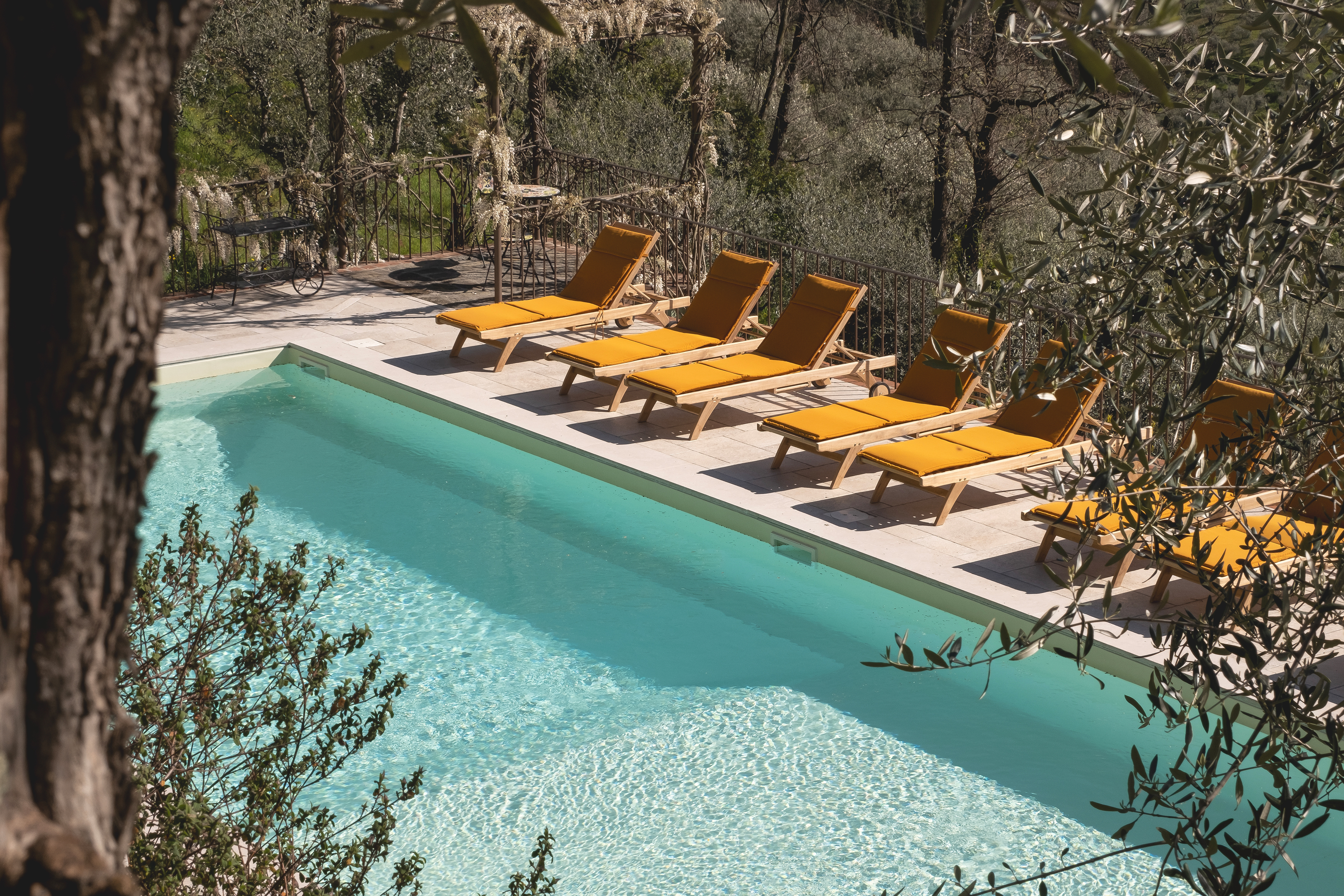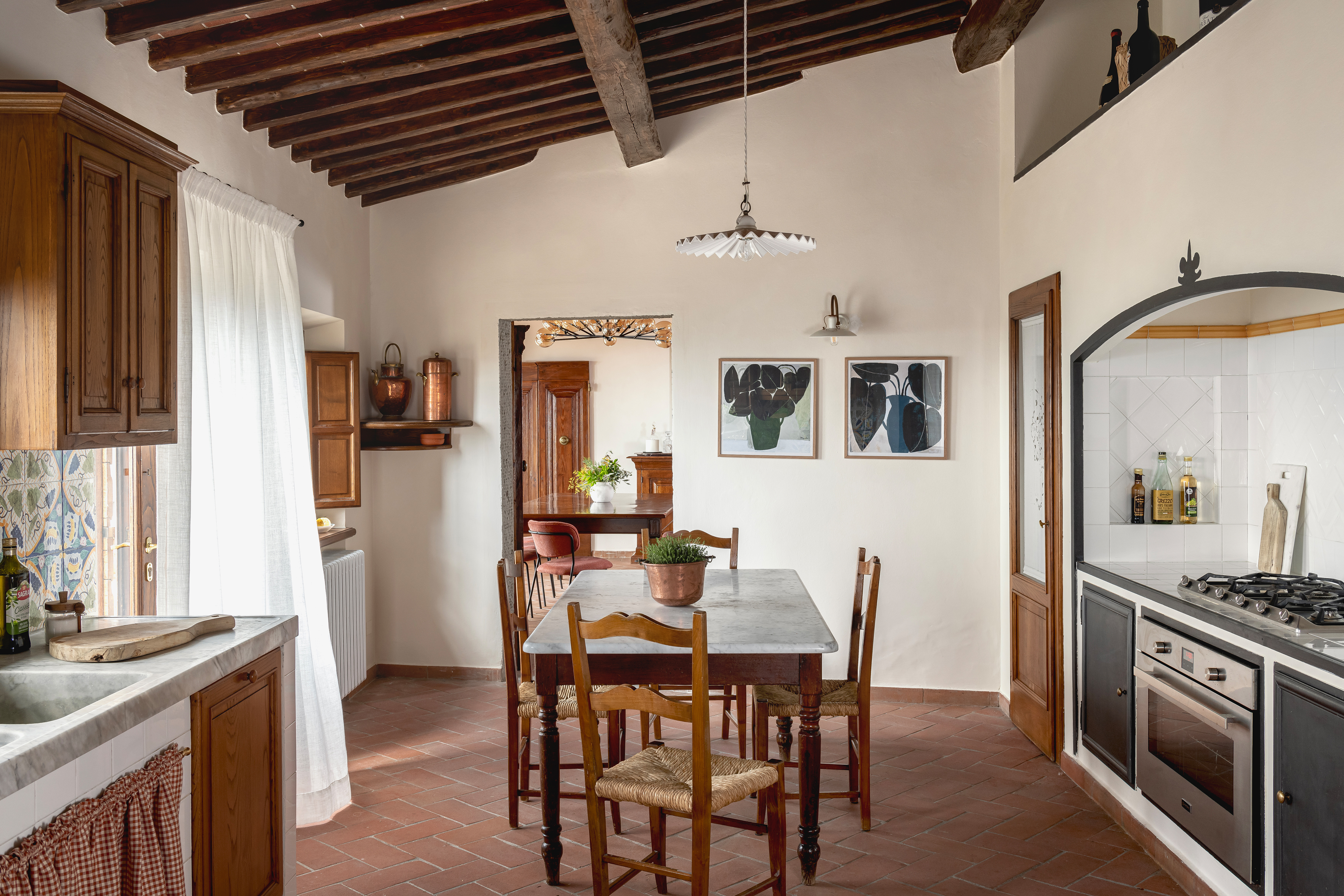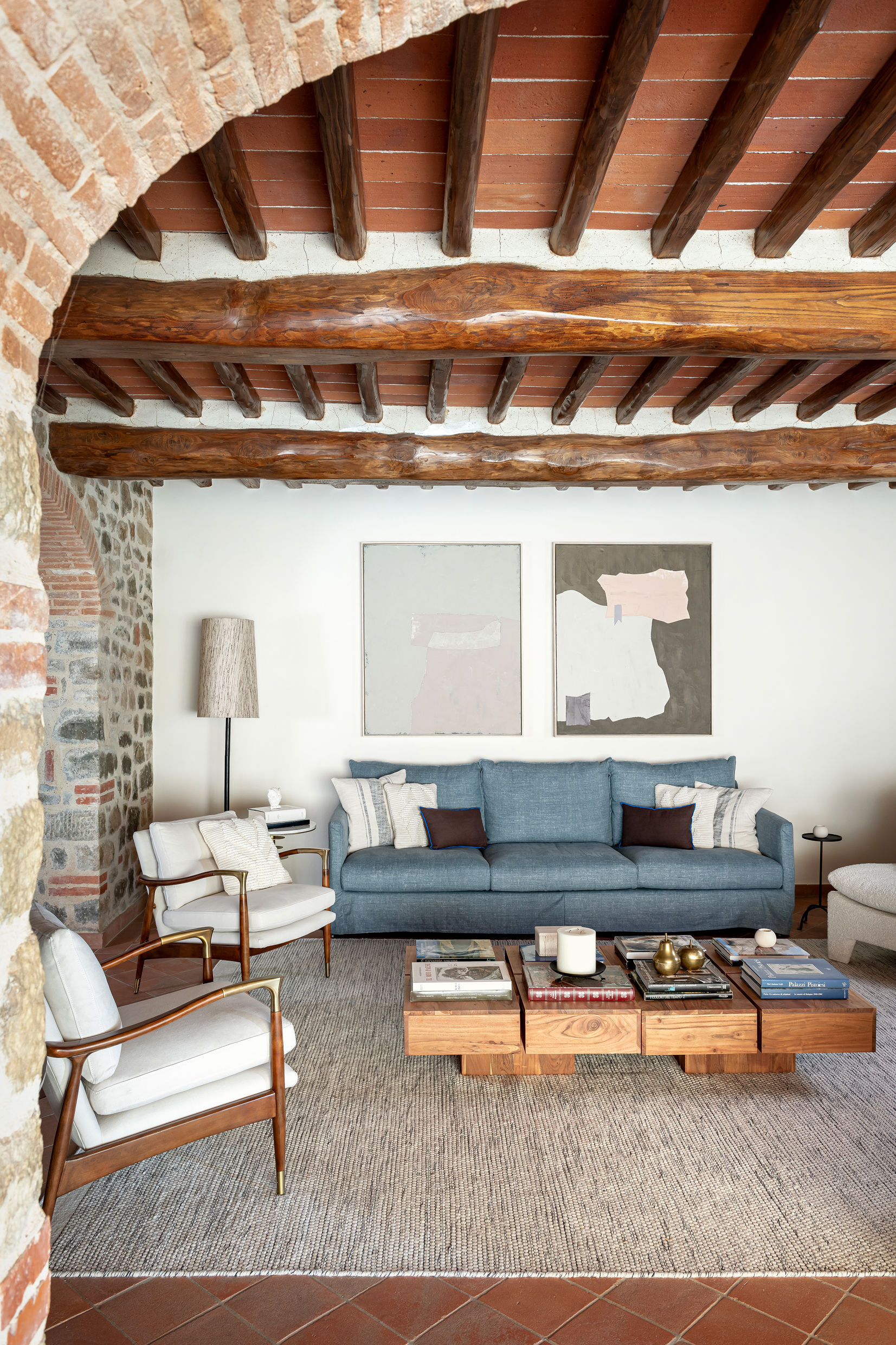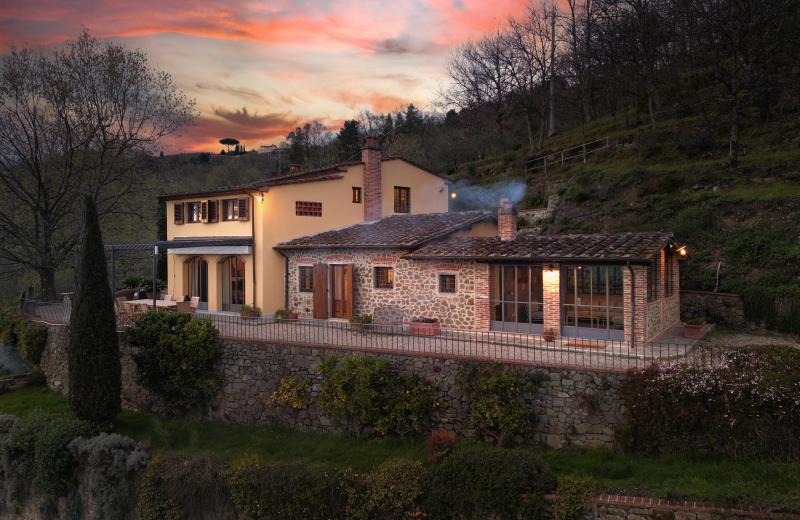In Italy, less is often more.
Coffee can be a shot of espresso served in a small cup. Dinner can be a plate of pasta with tomatoes and olive oil. Goodbyes can turn into hours-long conversations outside an Italian home or a restaurant.
Non-Italians want more than a taste of this lifestyle where there’s an appreciation for simplicity. International inquiries for buying Italian homes rose 126.65% in 2022 compared with pre-pandemic 2019 figures, as Barron’s reports.
The demand for Italian homes

As this international demand for owning property in Italy is increasing, so are the options for making that dream a reality. There are ways to co-own a property (or more than one), as with August. There’s no doubt that if all you have to do is pack your belongings, you’ll remove much of the stress of spending extended holidays in Italy. But for people who want a more hands-on approach to selecting a vacation home, there’s often the challenge of renovating that property.
What can be most appealing about renovating a house in Italy — whether it’s a €1 home or a country estate — is the potential for uncovering hidden details throughout the process. There’s little more satisfying than transforming a historic property with vaulted frescoed ceilings, brickwork and original tile floors into a home with modern amenities, updated bathrooms and a chef-ready kitchen.
Remodel smart
August, a company that has remodeled 19 historic homes in Italy, France, Spain, and the UK, are experts in reimagining properties with rustic details into holiday homes with modern appeal. Karolina Wierzbicka, August’s head of design, says for those embarking on their own Frances Mayes-style Under the Tuscan Sun journey, an excellent place to start is to “remodel smart.”
“It’s not about ripping everything out and starting new,” Wierzbicka says. “Prioritize what’s important to you in the home and how you plan to use it.”
Some people might start by replacing a wood stove with an electric one; others may find that they just can’t stand a bathroom with pastel tiles from the 1960s and start there.
Facing outdated bathrooms or kitchens, as is common when renovating a historic home in Italy or anywhere else, can be a long haul. Character draws people to buy country homes to remodel in Tuscany, Le Marche and elsewhere in Italy. But character can also be what makes the remodeling process more difficult.
Embrace your Italian home’s heritage

Wierzbicka talks about a five-bedroom home built in 1890 that August remodeled in Montecatini Terme to become part of its Premium Collection, with a pool, five bedrooms, a fireplace and multiple outdoor lounging areas with picturesque Tuscan views. The home’s original wood beams, natural stone and brickwork were all integrated into the final design, with the advantage that the house had been fully renovated in 1998 but still needed a contemporary update, including the bathrooms.
Even when adding modern kitchens and bathrooms, there are ways to preserve authentic details (such as backsplash tiles) and work them in.
Wierzbicka says, “It’s important to embrace the heritage of the building and the architecture.”
The home’s heritage, however, goes beyond the structure; it’s also about what’s been stored for years, decades, or even centuries in that home, adding to its story.
See the value in what came before you

While the instinct of a new homeowner can be to get rid of furniture or other items left behind, Wierzbicka’s advice is to consider taking a close look at what you have inherited from previous owners. Keeping a few key pieces in the home and negotiating with the seller can add layers of interest — an important part of August’s home remodeling philosophy.
“You don’t get this home that’s filled with everything new,” Wierzbicka explains. “The furniture pieces add to the home’s story and history, which I think makes it a lot more authentic.”
Another approach to redesigning an Italian home is to be inspired by the region and the color palette you see outside your window. The Tuscan hills inspired gold and sage bedroom walls and terracotta dining chairs that echo the original tile floors in the Montecatini Terme home.
And aside from remodeling smartly, Wierzbicka adds that just letting go can be a helpful attitude.
“In a holiday home, it isn’t about perfection,” she says. “If you change everything, then you lose all the character and what makes it feel like a Tuscan home.”
About August Collection
August, founded in 2018, groups homes into “Collections” in Italy and throughout Europe, from pied-à-terres in the center of Rome to expansive Tuscan villas. Whether it’s sun, beach city or ski, spacious villas, a luxurious Finca, cozy cottages or chic apartments, there’s the option to own four or five homes. Launching a few Collections each year, the company has an ever-growing waitlist of would-be homeowners who want to show up and enjoy their holiday.
Discover available collections.














